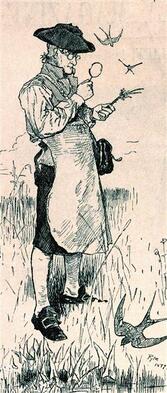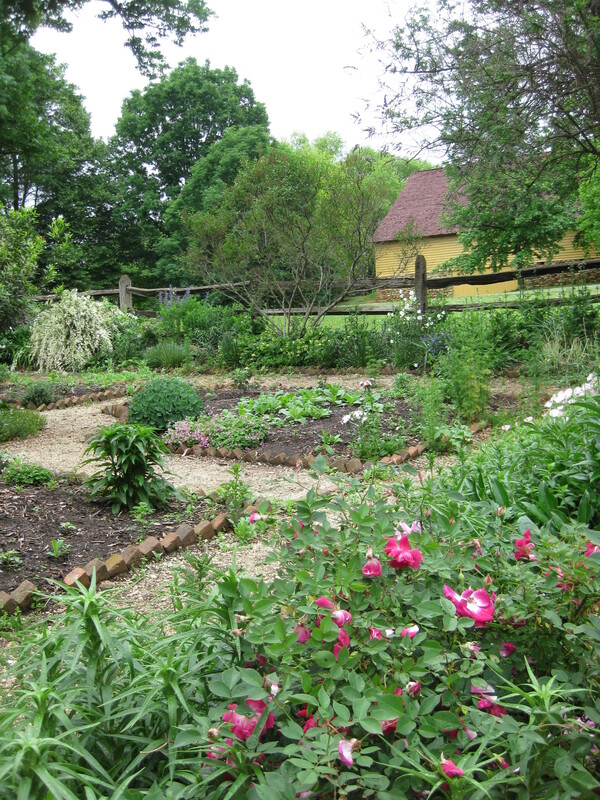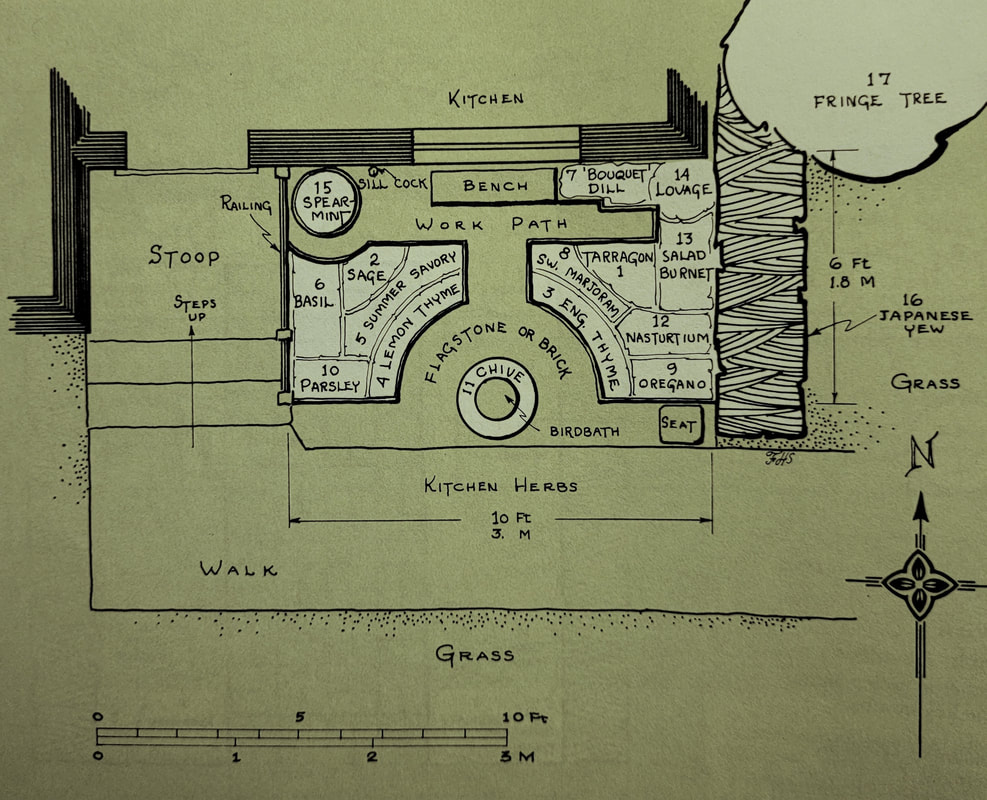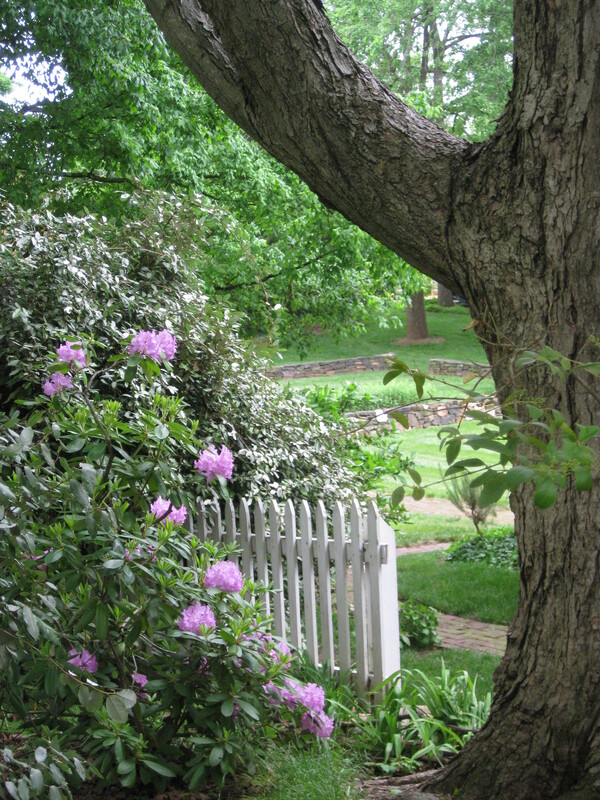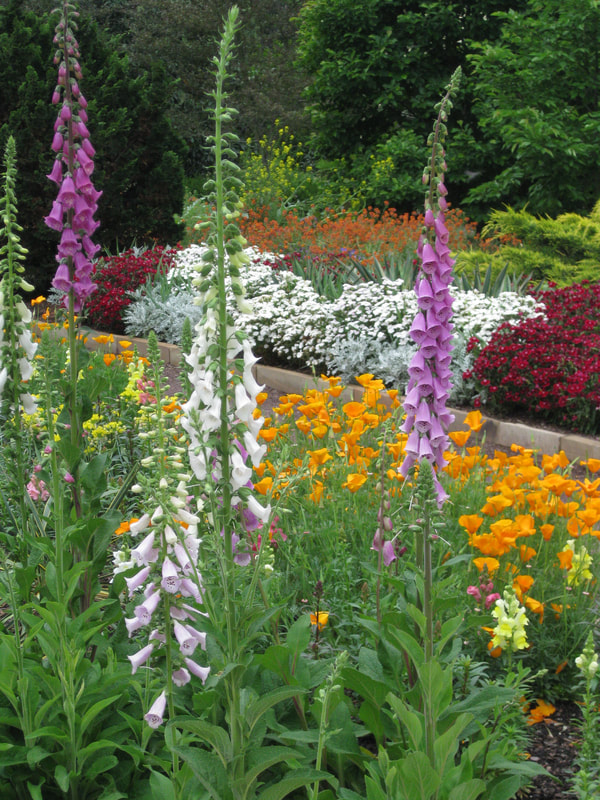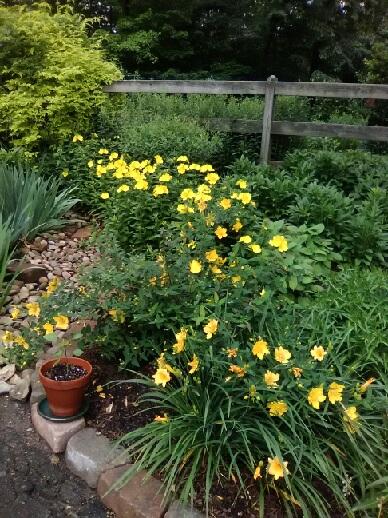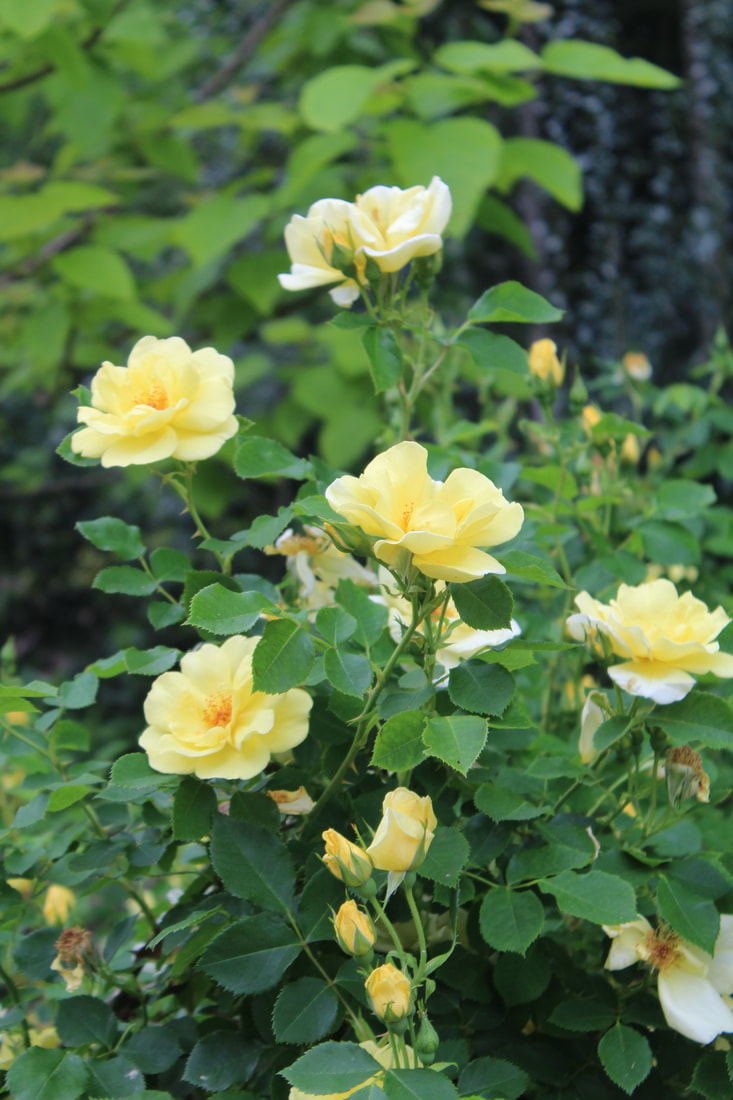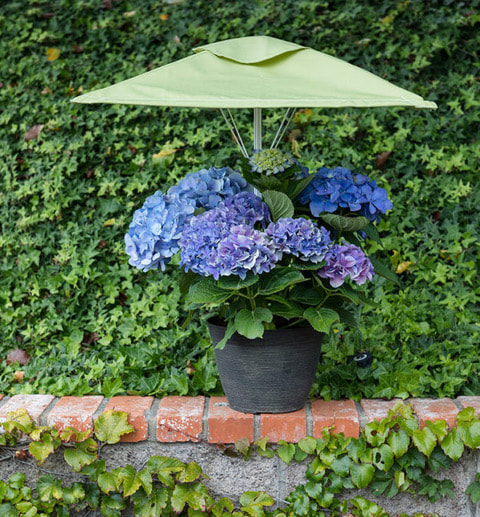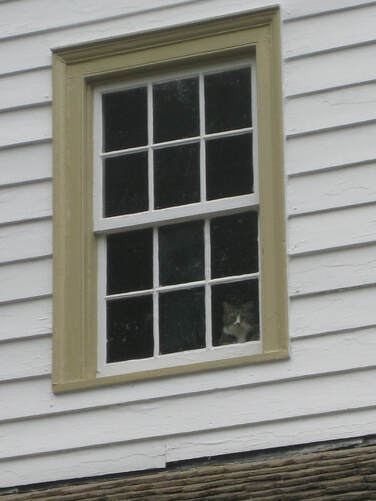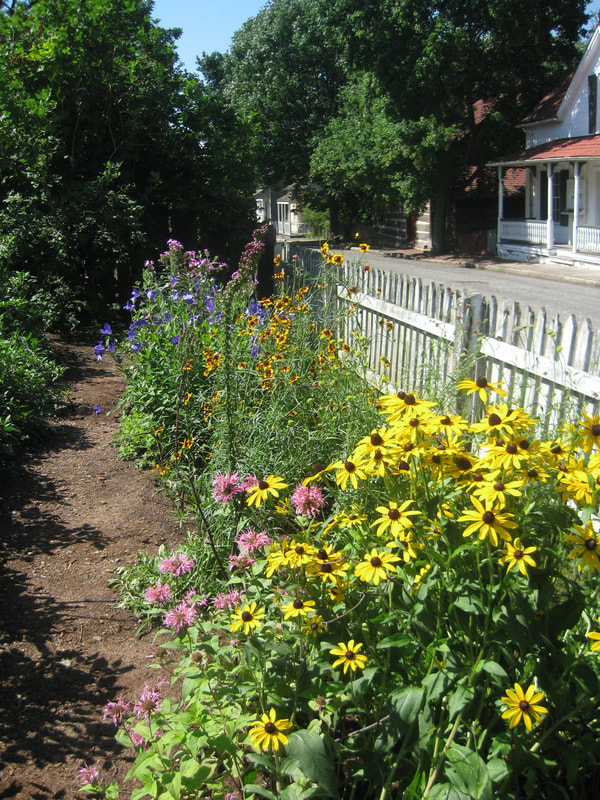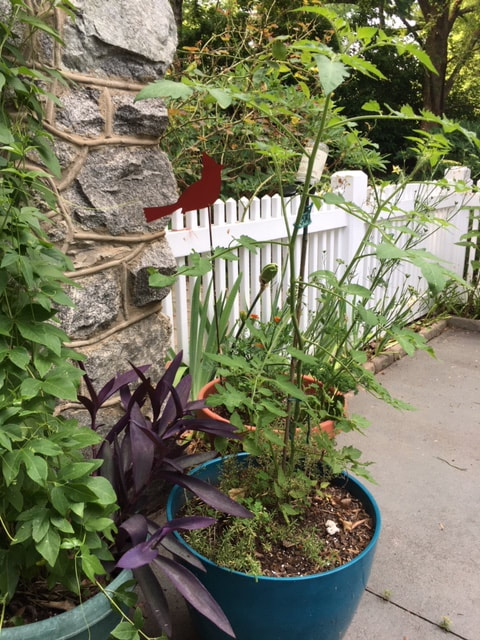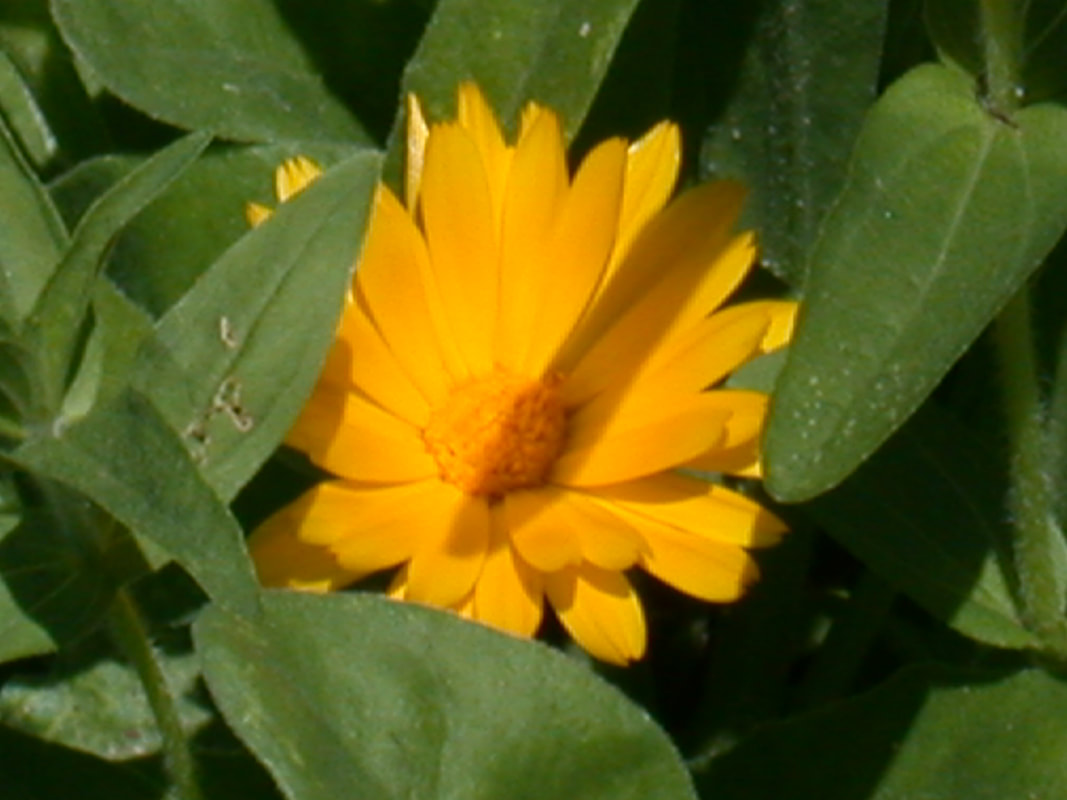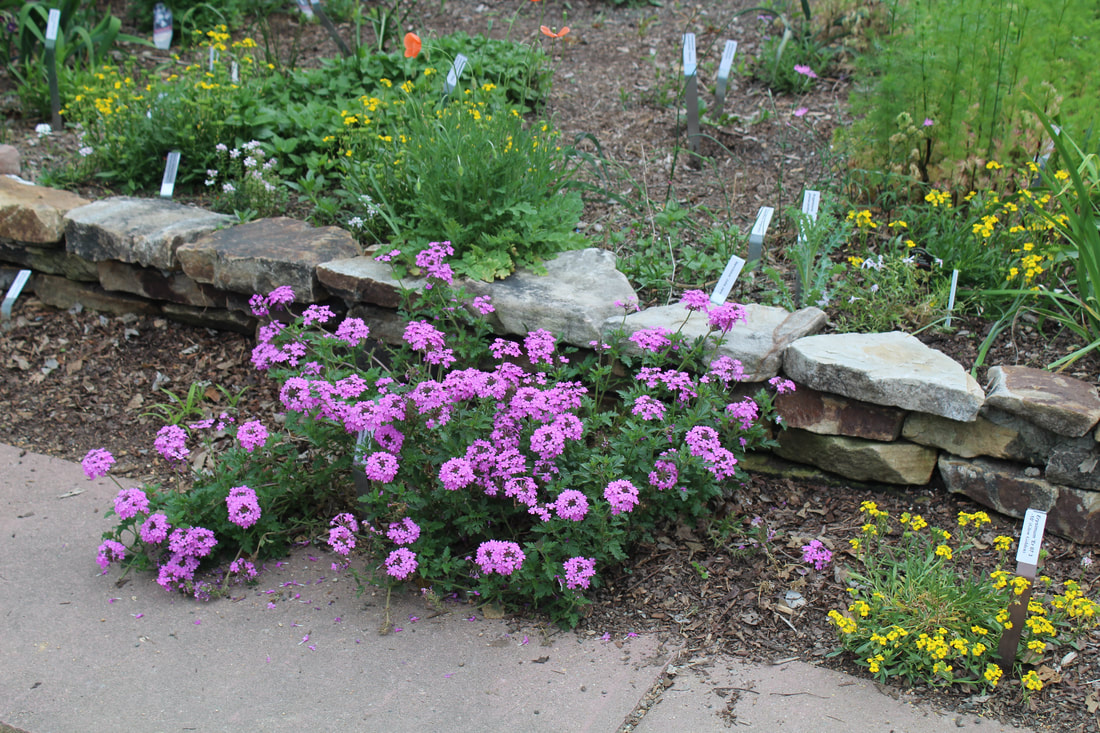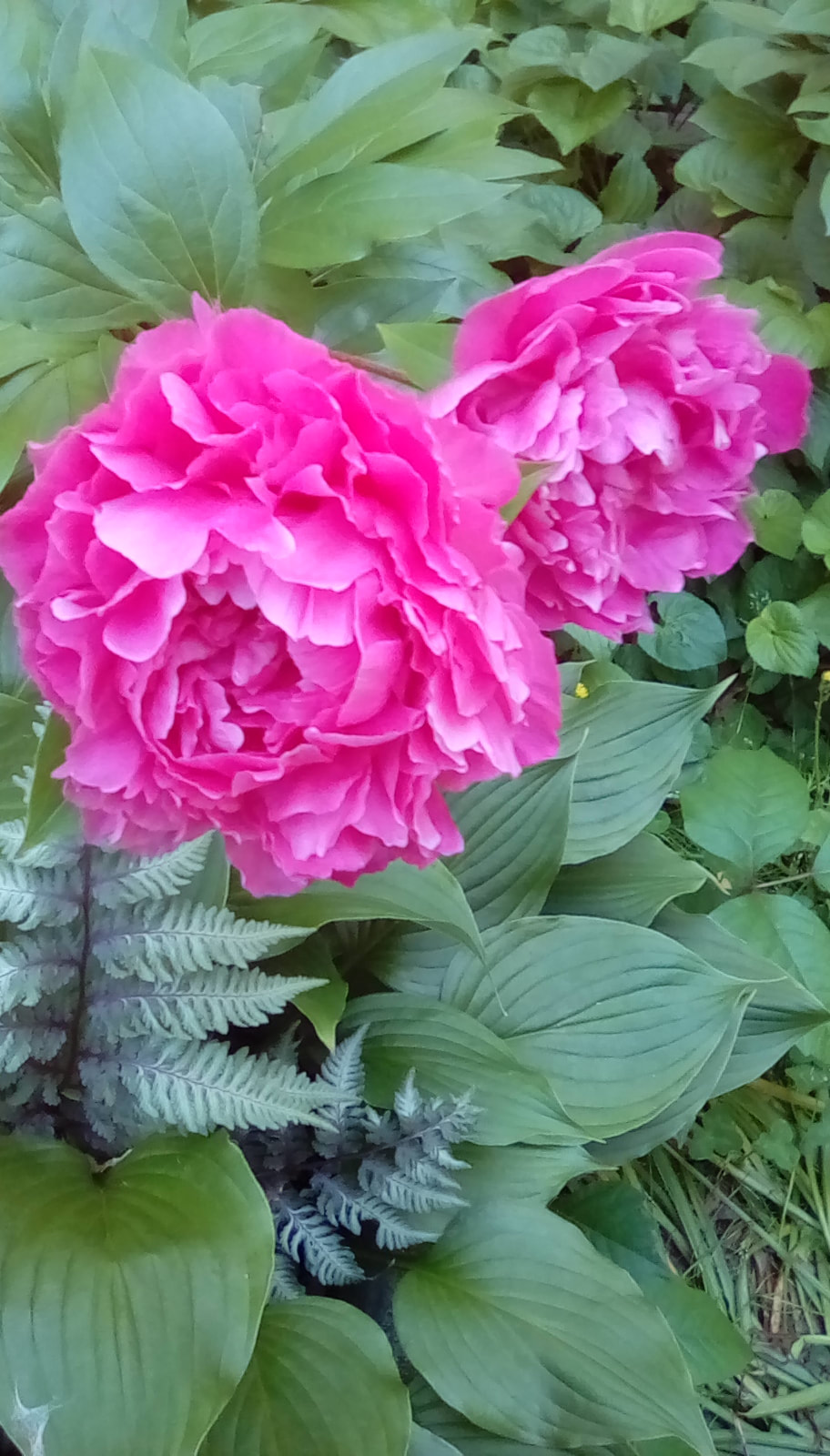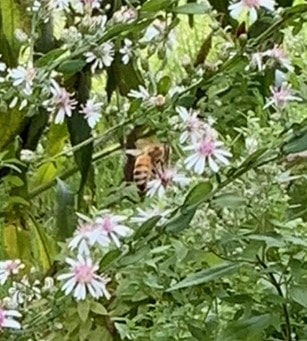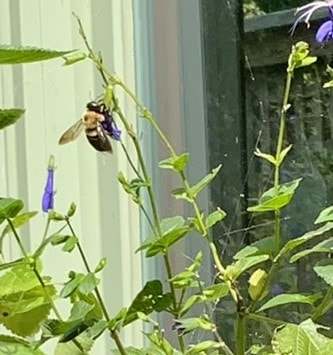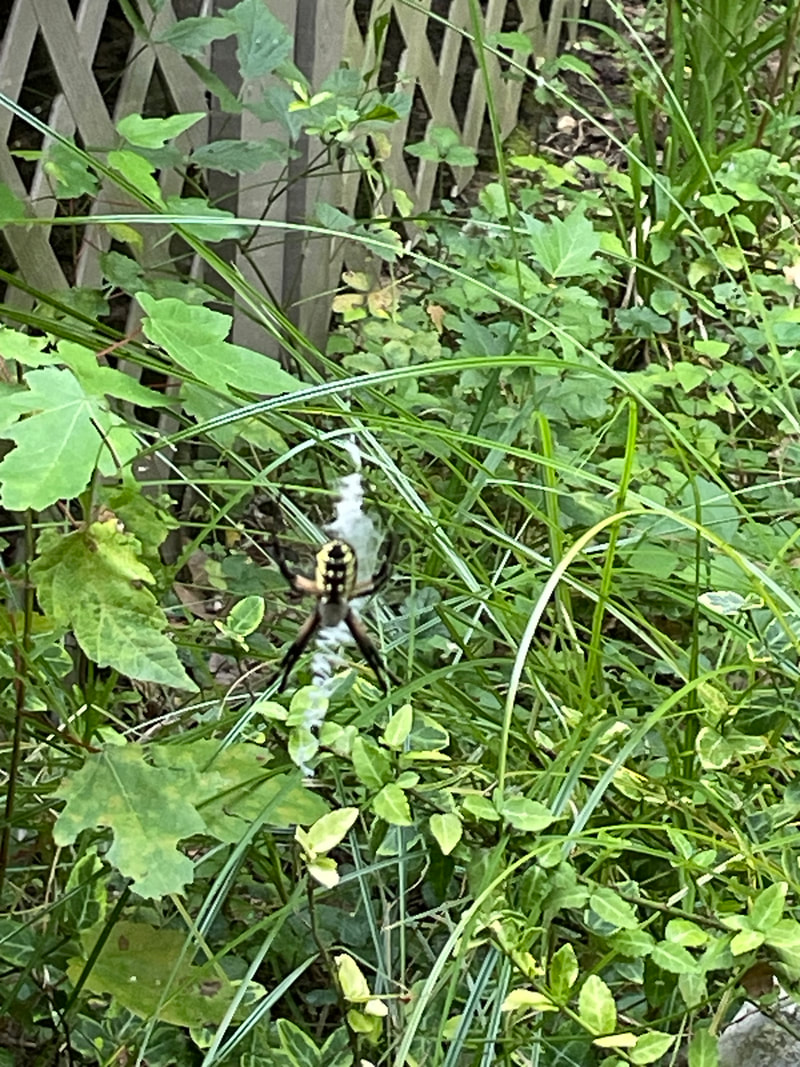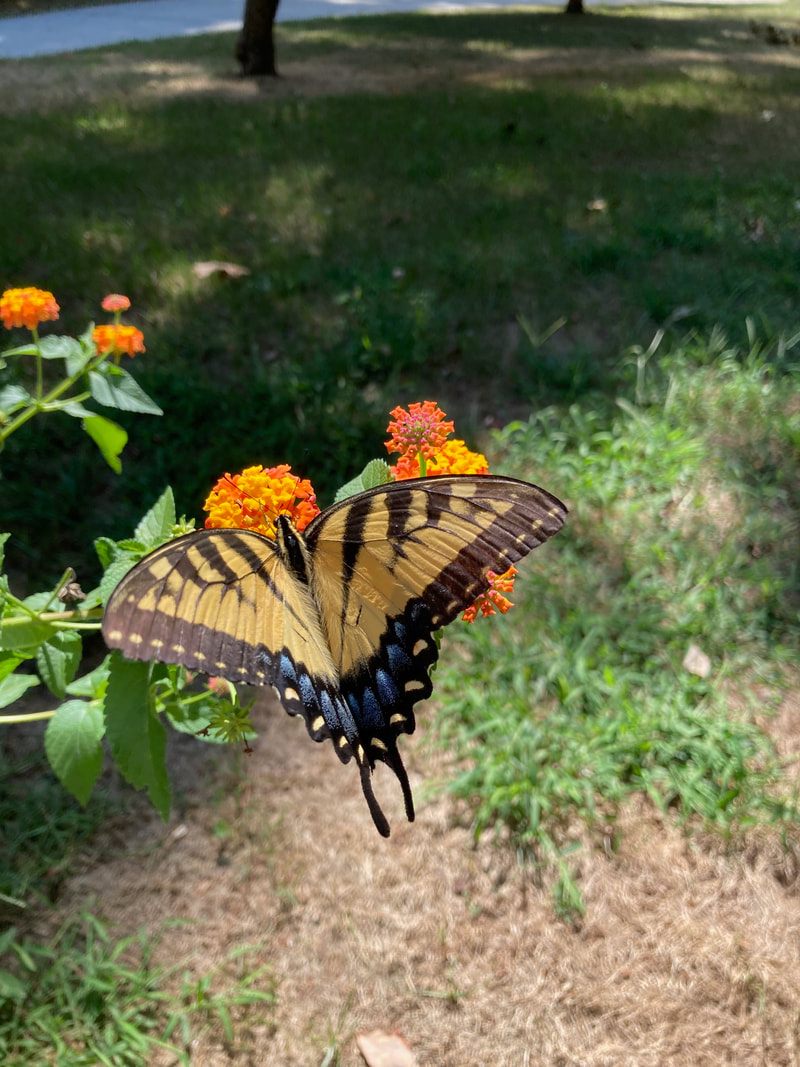"He was naturally learned; he needed not the spectacle of books to read Nature;
he looked inwards and found her there."
John Dryden, 1631 - 1700
Photo above: Grusse an aachen, Rose - Kathy S.
he looked inwards and found her there."
John Dryden, 1631 - 1700
Photo above: Grusse an aachen, Rose - Kathy S.
|
Chives are nice in a salad
To cheese, they give a zest, Are very good in scrambled eggs But I think I like them best Growing as fringe in the garden A trimming for flower beds Like rows of little rushes With dusty pinkish heads. L.. Young, Correthers. in A Basket of Herbs, Tasha Tudor, 1983. Stephen Greene Press, Brattleboro, VT. Another plan from Herb Garden Design, this one even smaller for those who want a few herbs near the kitchen door:
French tarragon, Artemisia dracunculus Garden sage, Salvia officinalis English Thyme, Thymus vulgaris 'Broad Leaf English' Lemon Thyme, Thymus x citriodorus Summer Savory, Saturjea hortensis Sweet Basil, Ocimum basilicum Dill, Antheum graveolens Sweet marjoram, Origanum majorana Greek Oregano, Origanum subsp. hirtum Parsley, Petroselinum crispum Chives, Allium schoenoprasum Nasturtium, Tropaeolum majus Salad Burnet. Poterium sanguisorba Spearmint, Mentha spp. Japanese Yew as a hedge on one side Fringe tree, Chiononthus virginicus from Dr. Harry Roberts, page 48:
Where the marjoram once, and sage and rue, And balm and mint, with curled-leaf parsley grew, And double marigolds, and silver thyme, And pumpkins 'neath the window used to climb; And where I often, when a child, for hours Tried through the pales to get the tempting flowers; As lady's-laces, everlasting peas, True-love-lies-bleeding, with the hearts at ease, And golden-rods, and tansy running high, That o'er the pale-top smiled on passer-by. Obviously he was a plant lover! Pale = wooden fence or fence post |
Contemplating a garden's design is complicated only by indecision. Putting little pots of plants into the earth, where they belong, should be a joyful and satisfying experience. Unless it's a tree, you can usually change where you put things.
Do take care, however, to consider the needs of the plants you want in your garden--whether they need moist soil or dry, lots of sun or dappled shade, annual or perennial, growth tendencies-height, spread, climbing, etc. Provide what they need, and they will repay the effort enormously. Also consider our changing climate: you may be able to grow plants you would not have considered before. Or you may be required to provide constant attention, as in watering. Decide first just how much time you have to spend in the garden. It is equally important to remember that plants need pollinators (birds, bees, insects, wind, rain). Your design whether formal, casual, or natural needs to keep them in mind and provide for them, too. Katherine Schlosser ARE YOU A GARDEN LOVER OR A PLANT LOVER??
In 1947 Dr. Harry Roberts published English Gardens, in which he defines garden lovers as those who seek through design to create a peaceful area. Plant lovers, on the other hand, are enthralled with plants of all sorts, and look to find them a place in their garden regardless of space. A friend, who was the one person to whom many of us turned for identification and histories of plants, once warned me on entering his garden that his was a garden of "onesies." He tried to find room for every plant he encountered, and took great joy in caring for them and sharing them when it became necessary to find room for more. A POCKET SIZE SPOT OF GREEN:
,An easy plan for a small 10' x 9' plot that includes:
Bee Balm, Monarda didyma Peppermint geranium, Pelargonium tomentosum Southernwood 'Tangerine', Artemisia abrotanum 'Tangerine' Sweet woodruff, Galium odoratum Basil, Ocimum basilicum Rose geranium, Pelargonium graveolens Parsley, Petroselinum crispum Fennel, Foeniculum vulgare Chives, Allium schoenoprasum Salad Burnet, Poterium sanguisorba English Thyme. Thymus vulgaris White Hyssop. Hyssopus officinalis 'Alba' Rosemary, Salvia rosmarinus Lemon Thyme, Thymus x citriodorus French Tarragon, Artemisia dracunculus Heliotrope, Heliotropum arborescens Sweet Marjoram, Origanum majorana Lemon Verbena, Aloysia triphylla Dill, Anethum graveolens Summer savory, Saturjea hortensis Lavender, Lavandula angustifolia The plan was developed by an HSA member, who used Japanese Yew as a hedge on two sides, the other side has a fence with eglantine, and one side if left open. From the book Herb Garden Design by Faith Swanson and Virginia Rady and sponsored by HSA. 1983. |
|
|
A little wildlife is a good thing in the garden.... |
We Would Love to Have You Visit!
|
|
LIMITED Permission to Use Materials
The right to download and store or output the materials on our website is granted for the user's personal educational use only. Materials are copyrighted may not be edited, reproduced, transmitted or displayed by any means mechanical or electronic without our express written permission. Users wishing to obtain permission to reprint or reproduce any materials appearing on this site may contact us using the Contact Form. If granted, we will email you a written permission for you to keep on file. We respond quickly to such requests. |
ASSOCIATION
The North Carolina Unit is a member of the Herb Society of America, Inc. Visit the national organization at www.herbsociety.org |
